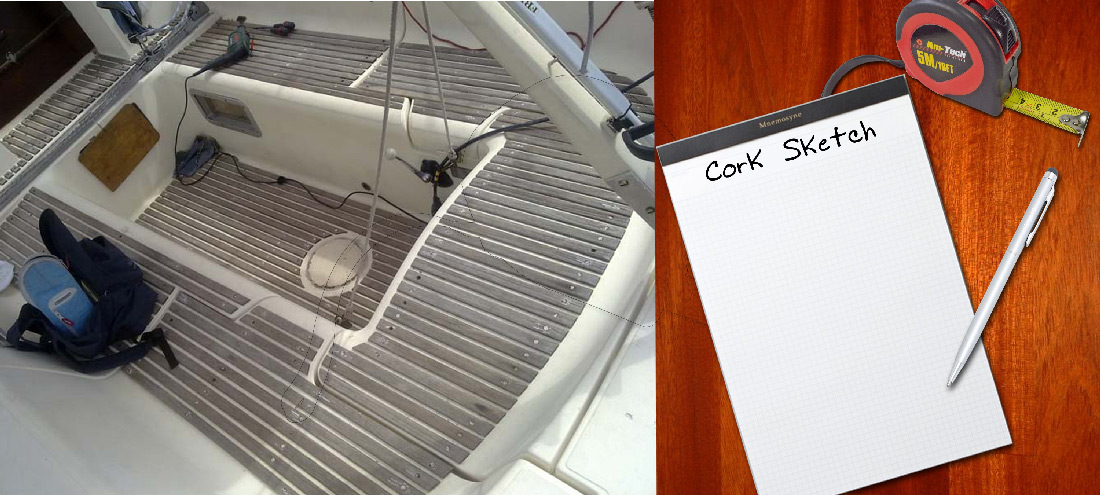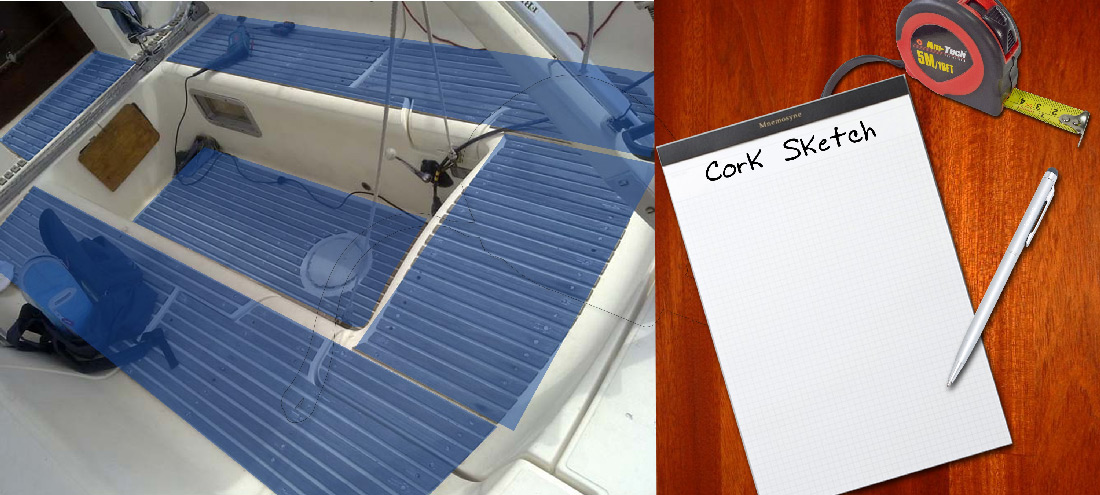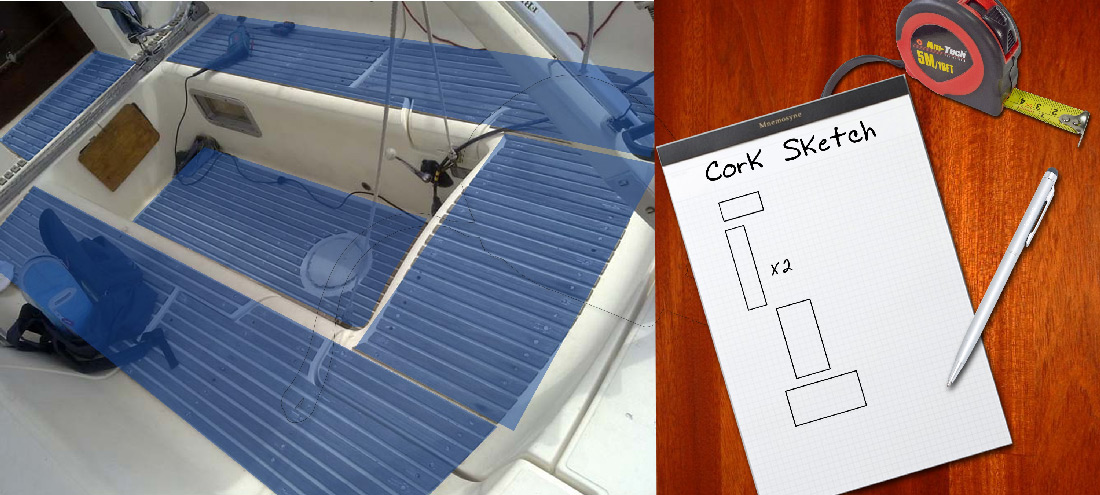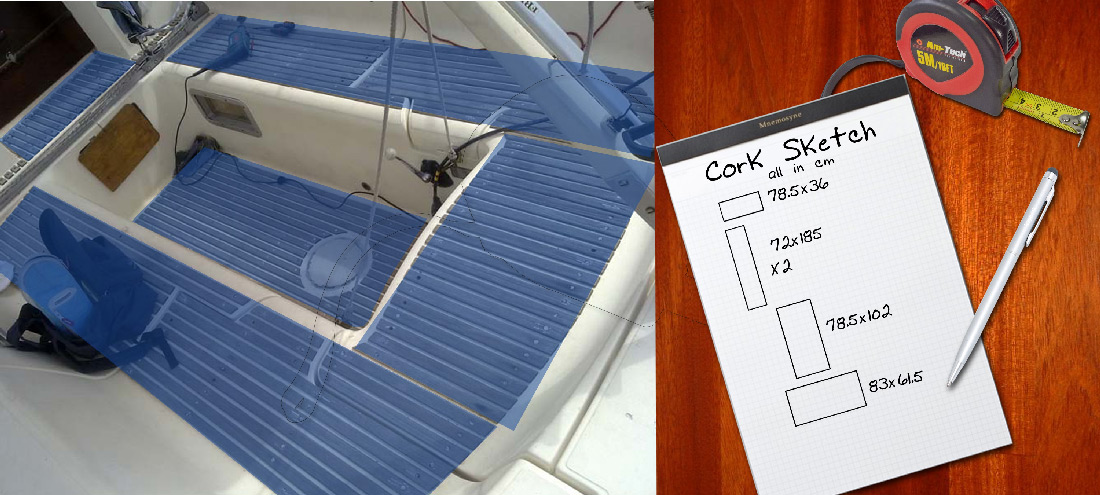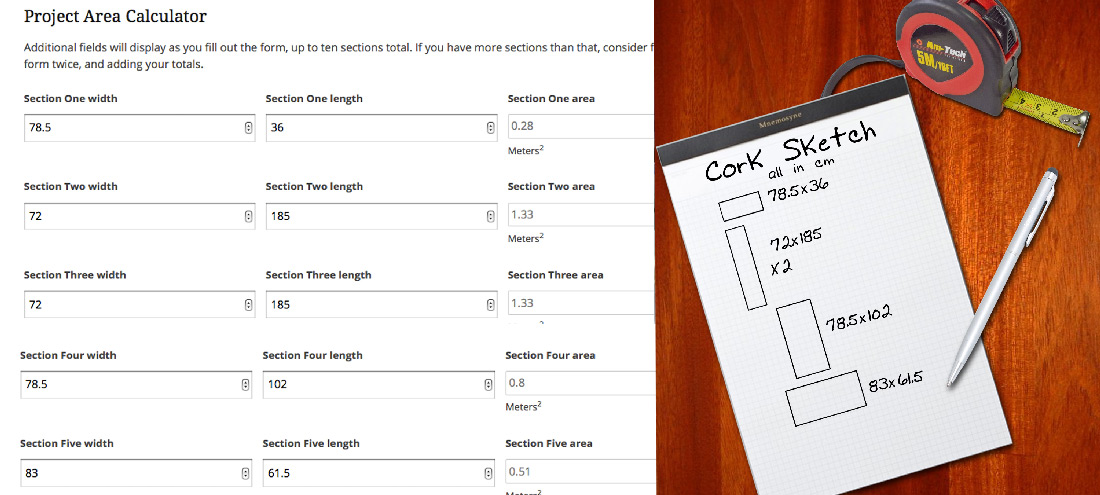
Mesure
Tous les produits de liège sont vendus en unités métriques, donc il est certainement plus facile à mesurer de cette façon si vous le pouvez. Si non, On a un simple convertisseur vous pourriez trouver à portée de main, ou voir coup pour le lien vers la calculatrice en pouces. Évitez la tentation de simplement ajouter tous vos dimensions ensemble pour un total, que cela se traduira par un calcul inexact, suivie par une déclaration inexacte (et grossièrement exagéré) estimation. Convertir chaque mesure en centimètres (si nécessaire), puis utiliser la calculatrice ci-dessous pour travailler sur les mètres carrés chaque section de, et le total de votre projet. Vous devez généralement ajouter 5-15% supplémentaire pour réduire les déchets. (Notre Projet Area Calculator rend tout cela très facile.) Maintenant vous êtes prêt à aller faire du shopping.
Excédent / déchets
Chaque projet aura une certaine quantité de déchets, qui est pourquoi il est important d'ajouter 5-15% à votre commande. Courbes agressives, des formes triangulaires ou trapézoïdaux seront tous entraîner un gaspillage considérable. Vous avez deux options:
Option 1) Mesurez chaque section de votre projet comme si elles étaient des rectangles complets. Vos mesures seront fonction de la durée la plus longue et la plus grande largeur de chaque zone. Cette méthode se traduira par une plus grande superficie calculée, mais pratiquement aucun risque de venir à court.
Option 2) Mesurez chaque section aussi précisément que possible, et d'ajouter un chiffre pour surtitrage. Sachez que vous serez imbriquer des formes bizarres ensemble la mesure du possible, et que certaines pièces peuvent se retrouver avec de multiples coutures. Les bonnes règles de base pour la détermination des excédents pour votre commande:
- Rectangles parfaits, ou seulement légèrement arrondi rectangles: 5% excédent
- Partiellement rectangles propres avec quelques sections avec extrémités recourbées: 10% excédent
- Environ rectangles de moitié-moitié ou le rétrécissement des formes trapézoïdales: 15% excédent
- Circles, beaucoup de courbes dramatiques, coins impairs: 20% excédent

